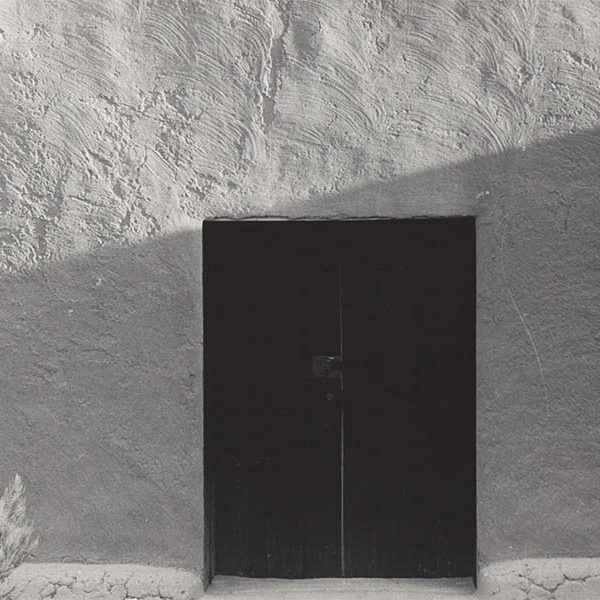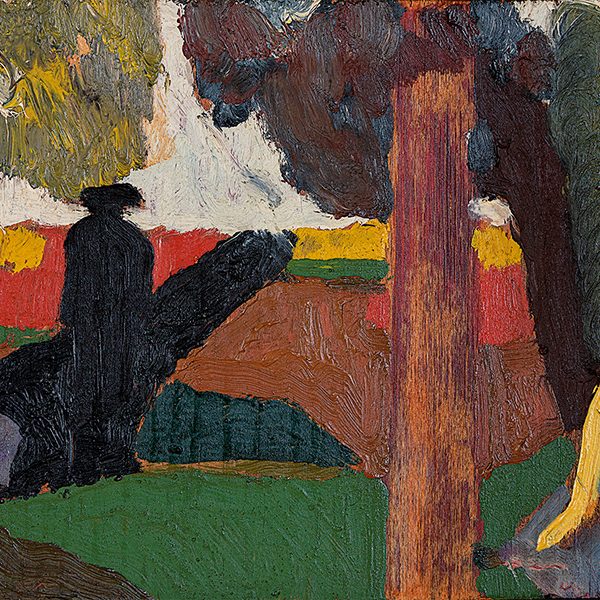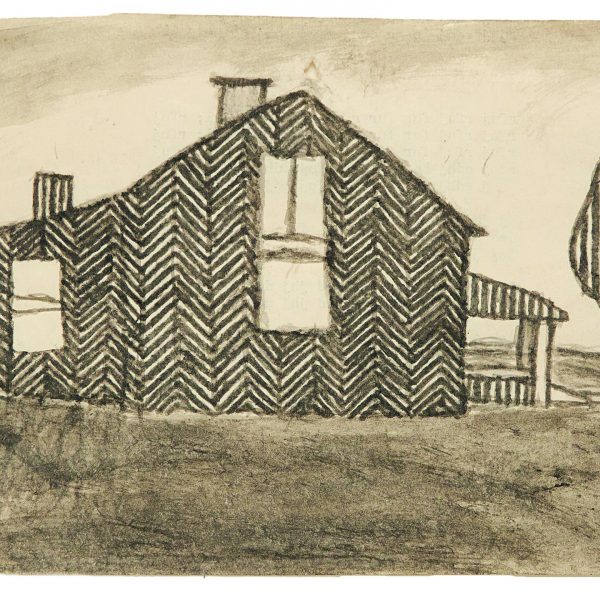For the Dangerous Artist, and His Admirers
When it comes to the artistic Icons of America, Jackson Pollock might not always first come to mind, though asking who else might be is an equally difficult question. Norman Rockwell’s art offers the quintessential vision of ideal families, and those of the Hudson River School paint the American landscape. What do Jackson Pollock’s kinetic swaths of color and line offer?
 Evelyn Toynton quickly demonstrates in Jackson Pollock how his art, and equally significantly his life, are crystallizations of American life and traditions. Pollock´s art, though firmly entrenched in the abstract expressionist movement, can also be seen as a link to the past. Toynton discusses the similarities of Pollock´s work to the vision of the transcendentalists of the 19th century. She sees both as using spirituality, imbued with the American spirit of individuality and initiative. The energy of Pollock´s process and art also brings to mind the vitality of American culture and life, as well as the modern age in which Pollock lived. His tumultuous life story intersects with many archetypes of Americana, including the cowboy. His taciturn nature combined with his birthplace of Cody, Wyoming led many to suggest that his work was strongly influenced by the American landscape.
Evelyn Toynton quickly demonstrates in Jackson Pollock how his art, and equally significantly his life, are crystallizations of American life and traditions. Pollock´s art, though firmly entrenched in the abstract expressionist movement, can also be seen as a link to the past. Toynton discusses the similarities of Pollock´s work to the vision of the transcendentalists of the 19th century. She sees both as using spirituality, imbued with the American spirit of individuality and initiative. The energy of Pollock´s process and art also brings to mind the vitality of American culture and life, as well as the modern age in which Pollock lived. His tumultuous life story intersects with many archetypes of Americana, including the cowboy. His taciturn nature combined with his birthplace of Cody, Wyoming led many to suggest that his work was strongly influenced by the American landscape.
Pollock´s rise to fame as an artist makes it clear where his connections to America in his art and personal life merge. Even the famous American playwright Tennessee Williams found inspiration in Pollock´s dramatic personal life for Stanley Kowalski in A Streetcar Named Desire. But the celebrity he received for his work helped bring about the celebrity in decline, seemingly a characteristic feature of American pop culture. The photographer Hans Namuth began to photograph and film Pollock working in his studio; here, the artist becomes the subject: bold, unconventional, dangerous. While this allowed a rare glimpse into Pollock’s working methods, it also required changes in order to be better displayed by Namuth´s cameras. The pressure ultimately led Pollock to take up drinking after two years of sobriety. As a celebrity spectacle, under the curious scrutiny of the American public, Pollock’s life proved no exception, with tourists visiting the bars he frequented toward the end of his life, hoping to see him fight and rage.
Ultimately Pollock´s art, life, and death offer images and moments to consider, both on their own and as part of the larger American experience. Toynton is careful to use all this information to create both the art and cultural histories of mid-twentieth-century America. For lovers of art and lives of its creators, this is vibrant, quintessential American art and the turbulence that gave rise to it.

























